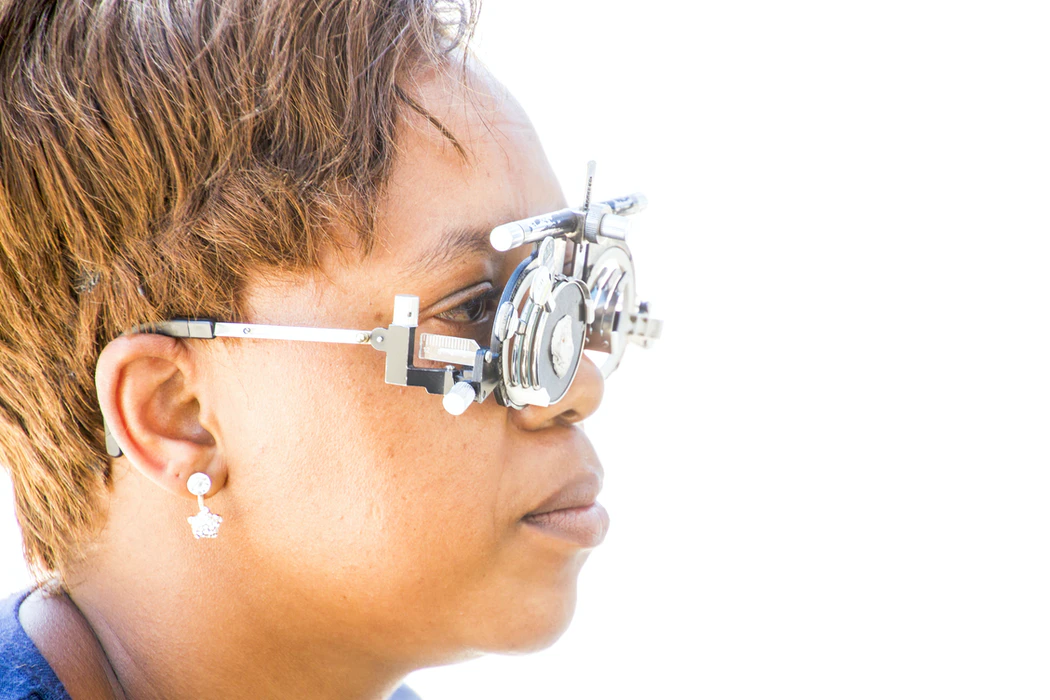Blog
Can You Have LASIK/PRK After a Previous Eye Surgery?

There have been more than seven million corneal refractive procedures performed in the United States. Unfortunately, not all of these procedures provide the permanent vision correction that was intended. It’s not uncommon for patients who have undergone PRK to require LASIK or some other corrective procedure to properly restore their vision.
If you’re wondering “Can you have LASIK after PRK” or some other vision correction procedure, you’ve come to the right place! Keep reading for everything you need to know.
PRK vs. LASIK
Before we discuss whether you can undergo LASIK after undergoing PRK, let’s first discuss how each of these procedures work.
PRK
Radial keratotomy (PRK) is a laser eye surgery that is used to treat nearsightedness, farsightedness, and astigmatism. PRK involves reshaping the cornea to provide clearer vision. The epithelium, which is the outer layer of the cornea, is removed, and then a laser is used to reshape the cornea.
The procedure typically takes less than 10 minutes and is performed on an outpatient basis. Most patients recover in about a month.
LASIK
Laser-assisted in situ keratomileusis (LASIK) is a laser eye surgery that also treats nearsightedness, farsightedness, and astigmatism. During the procedure, a laser is used to reshape the cornea. A laser or microkeratome blade is used to create a thin flap in the cornea. The flap is then folded over, and a laser is used to reshape the cornea.
LASIK typically requires just 4-5 minutes per eye. It’s conducted as an outpatient procedure, with most patients returning back to their everyday lives in just a few weeks.
While both PRK and LASIK work by reshaping the cornea using tiny bladers and lasers, they differ in critical ways. With PRK, the top layer of the cornea tissue is removed. This thins the cornea.
On the other hand, LASIK uses a flap that creates an opening to access the tissues, and the LASIK flap is then closed and heals naturally.
The recovery process is also different. Most patients fully recover from PRK after a month. LASIK has a much faster recovery, with most patients seeing and feeling better in just a matter of days.
Undergoing LASIK After PRK
Though rare, there are some patients who choose to undergo LASIK after having the PRK procedure. Over time, there is an increased risk that the corneal flap will re-lift, which can lead to epithelial growth. Some PRK patients require LASIK enhancement around 10 years after the initial procedure.
Undergoing LASIK after PRK is the best option for long-term improved eyesight. However, this is only possible if the patient’s eyes meet the required guidelines. Because the PRK procedure involves the removal of some of the cornea, some patients may have thinner corneas than others.
This means that patients that have undergone PRK can have LASIK after their initial vision correction procedure, but only if there is adequate corneal thickness available.
LASIK After Cataract Surgery
If you’re dissatisfied with your vision after cataract surgery, LASIK may be an option for you. After undergoing cataract surgery, it’s important to ensure that your eyes are fully healed. Patients must wait at least three months post-cataract surgery before becoming candidates for LASIK.
This is because the eyes go through a period of trauma and need time to heal and fully recover. The next step is to diagnose the cause of your post-cataract surgery vision problems.
If you have residual refractive errors, you may be a candidate for LASIK. However, you must meet corneal thickness requirements in order to be a candidate for laser vision correction.
Learn more about LASIK and if it’s the right fit for you.
What to Expect
If your eyes have an adequate amount of corneal thickness, you can likely undergo LASIK after a PRK procedure. However, there are some things to know so that you’re prepared for the procedure and recovery.
Recovering from LASIK after PRK is longer than most recovery periods. It’s important to follow all of the post-procedure instructions, including:
- Keeping your eyes dry
- Not rubbing your eyes
- Minimizing contact with dust or smoke
- Not playing sports
- Not wearing eye makeup
There are also some risks to be aware of. Undergoing LASIK after PRK may increase the risk of corneal haze, which can be greatly mitigated with the use of topical mitomycin C.
Are Results Permanent?

The good news is that most patients experience permanent results after undergoing LASIK eye surgery. Some patients may require adjustments, especially when eyesight has deteriorated due to age. The best way to maintain the results of LASIK is to schedule routine eye examinations and checkups with your ophthalmologist.
Interested in LASIK Enhancement?
If you’re interested in learning whether you’re a candidate for LASIK after PRK, you’ll want to discuss your options with a vision correction specialist. Dr. Doughterty at Dougherty Laser Vision will examine your eyes, including your corneal thickness, to determine if you’re a candidate for LASIK or not.
To schedule a LASIK consultation, contact our team at (805) 987-5300 or use our online scheduling tool today.


